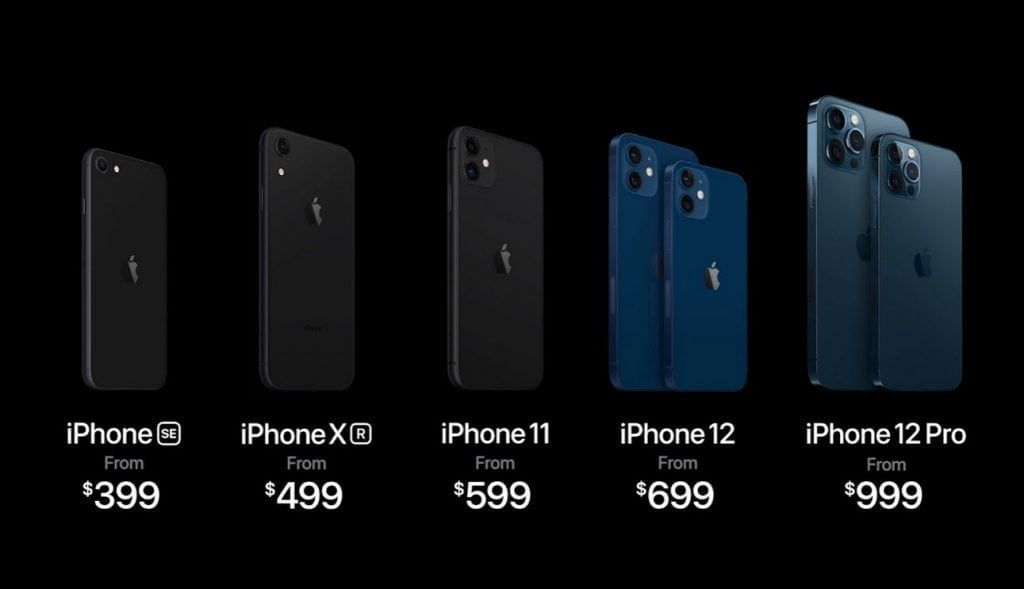Apple has today announced 4 new iPhone 12 phones with 5G. This the first iPhone with 5G as the company wouldn’t be allowed to be left out in the 5G race. Let dive deep into all the new iPhone lineup for 2020 that have been announced.
iPhone 12
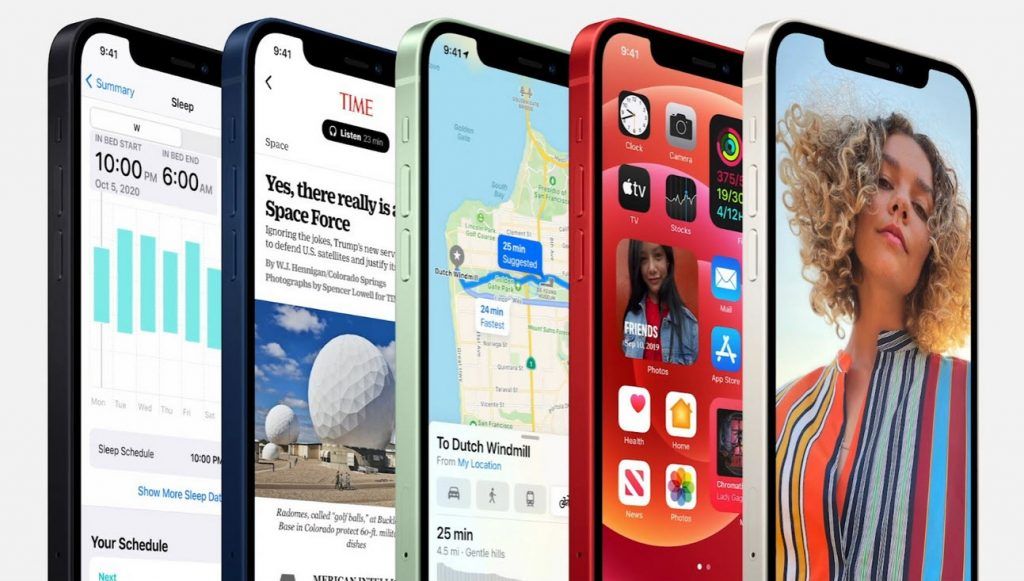
This is the entry iPhone 12 we mean the cheapest you will be able to buy. It comes with an Aluminum frame with flat edges. It has new technologies packed into a smaller form factor and will come in several colors including black, white, green, red, blue. It is thinner, smaller, lighter, and has smaller bezels than the iPhone 11.
The Screen
It has a Super Retina XDR display with an Apple custom OLED. OLED, included has a high contrast ratio. It has 460 PPI, twice as many pixels as the iPhone 11. At peak brightness, it also has twice as high in HDR, with 1200 nits. It supports Dolby Vision, HLG, and HDR 10 are supported. Apple supporting HLG HDR on the iPhone, which is a nod toward supporting live HDR broadcasts — sports, for example. The screen is made of a new material from Corning that Apple is calling “Ceramic shield “that “goes beyond glass” It is tougher than any smartphone glass and Apple claims it has 4 times better drop performance. It should be noted that Apple has not gone for 120 Hz screens just like most Android phones.
ALSO READ: What is HDR video and how does it work?
The 5G
Apple has custom antennas in the rails. It has “the most 5G bands in a phone.” iOS has been optimized for 5G. Its smart data mode uses LTE when you don’t need fast speed, to preserve battery life. Apple has done 5G testing with 100 carriers in 30 regions.
New chip: A14 Bionic
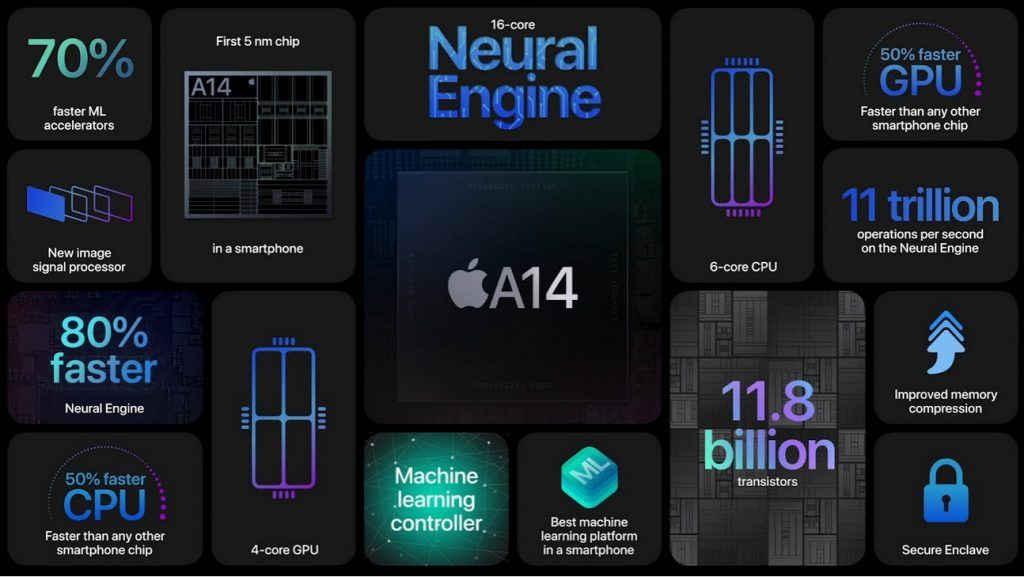
The A14 Bionic uses the latest 5nm process. It has 11.8 transistors, nearly 40 percent more than the A13 in last year’s phones. It has a 6 core CPU, 4 core GPU. The neural engine has 16 cores, double from before. It can do 11 trillion operations per second. This is the same A14 Bionic that’s in the iPad Air, by the way.
The Cameras
The iPhone 12 comes with dual cameras. An Ultra-wide 120-degree field of view and a wide camera that has an f/1.6 aperture. The seven-element lens on the wide-angle camera has a 27 percent improvement in low light. Another new feature is Smart HDR 3. It uses Machine Learning to recognize scenes and recognize more elements like rocks and the sky. Night mode is also improved — works on all the cameras, including ultrawide and selfie. The night mode on the front camera has also been improved.
New wireless charging
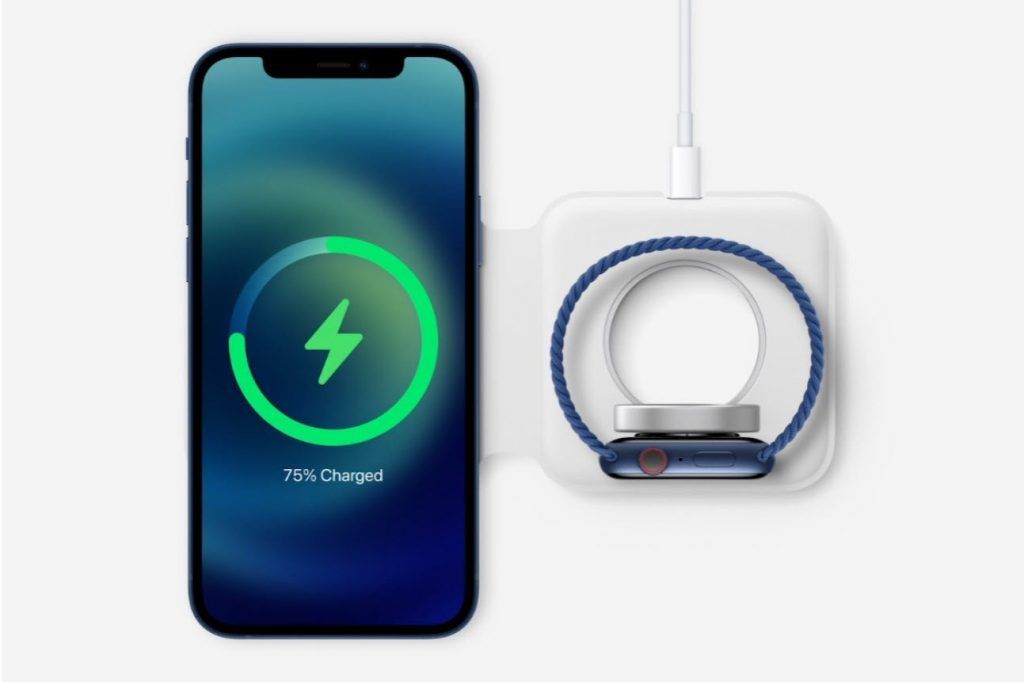
Apple has introduced MagSafe branding on the iPhone after taking it away from the MacBooks. It uses magnets to automatically align with chargers for optimum charging. Apple’s wireless charging supports up to 15W and uses a magnetometer to recognize accessories. There are new cases that snap on with magnets and there will be a MagSafe “ecosystem,” so we’ll see how open this system is given Apple’s closed nature and vertical integration. The iPhone 12 comes with a USB-C cable. It still uses Lightning of course.
iPhone 12 starts at UGX 3m ($799) before taxes.
iPhone 12 mini
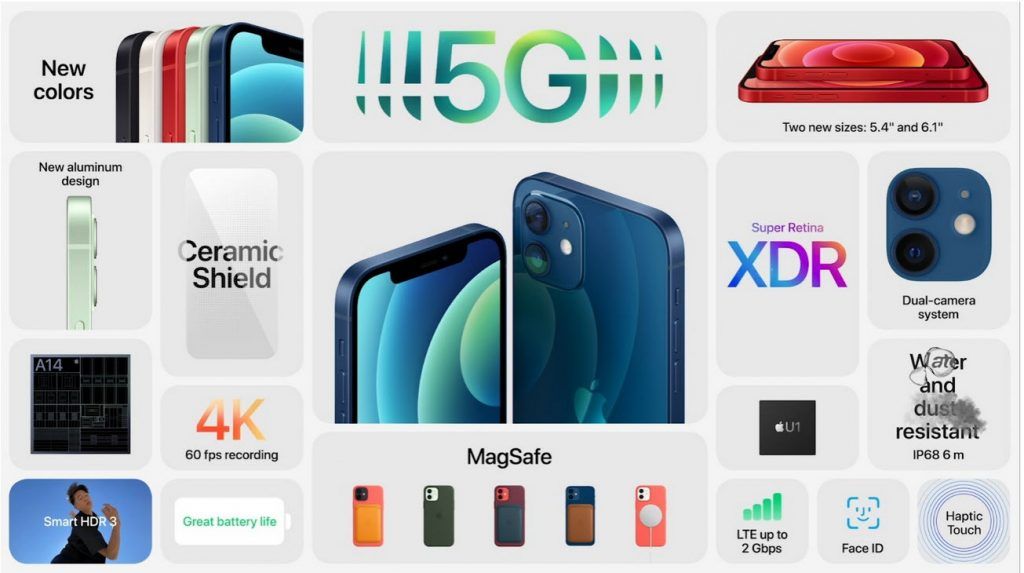
The new iPhone 12 mini has a 5.4-inch screen and has the same features as the iPhone 12. It will be great for those who prefer smaller phones. It comes complete with 4K 60fps recording on the features image (above). Has IP68 water resistance, too. The iPhone 12 mini starts at UGX 2.6m ($699) before taxes. And now next is the iPhone Pro line up.
iPhone 12 Pro and 12 Pro Max

The iPhone 12 Pro comes in stainless steel band with four finishes: silver, graphite, gold, and blue. The gold has a “magnetron coating process.” They’ve got the same ceramic shield screens, IP68 water resistance, MagSafe. Pro and Pro Max both look a little taller than the previous models.
Super Retina XDR displays with a 6.1-inch display on the Pro and 6.7-inch display on the Pro Max. The form factors are “nearly identical.”
The cameras
Get ready for some tech jargon. Apple’s HDR processing stack included multiple frames, a neural engine, post-processing in the GPU. The A14 Bionic supports deep Fusion which is apparently still a thing for Apple’s computation photography. Apple’s HDR processing stack: multiple frames, neural engine, post-processing in the GPU. Deep Fusion is supported on all four cameras, including the selfie camera.

They have last year’s 12 megapixels ultrawide with a 1.6 aperture wide-angle and 52mm equivalent telephoto camera with support for 4X optical zoom.
The Pro Max apparently has extra camera features and this is Apple’s best camera ever. It can do 5X telephoto zoom. The wide camera has a 47 percent larger sensor. Sensor-shift optical image stabilization. That’s wild to see on a phone. New Optical Image Stabilization — it’s used on the sensor instead of just on the lens. It can adjust 5,000 times per second, 5x better than last year. 2-second stabilized exposures… on a handheld phone.
Apple also gave New “Sneak peek” of its new camera feature called Apple ProRAW. Coming later this year, puts multi-frame smartHDR into a RAW format. Some images I missed getting in earlier: the wide-angle got a big boost. New “deep image file” computed at the time of capture without shutter delay. Sharpening, white balance, other elements can be adjusted in post. There will be an API for third-party apps to capture in ProRAW. Can be edited in Apple’s app, other apps. Third-party apps will have access to it on the phone, too.
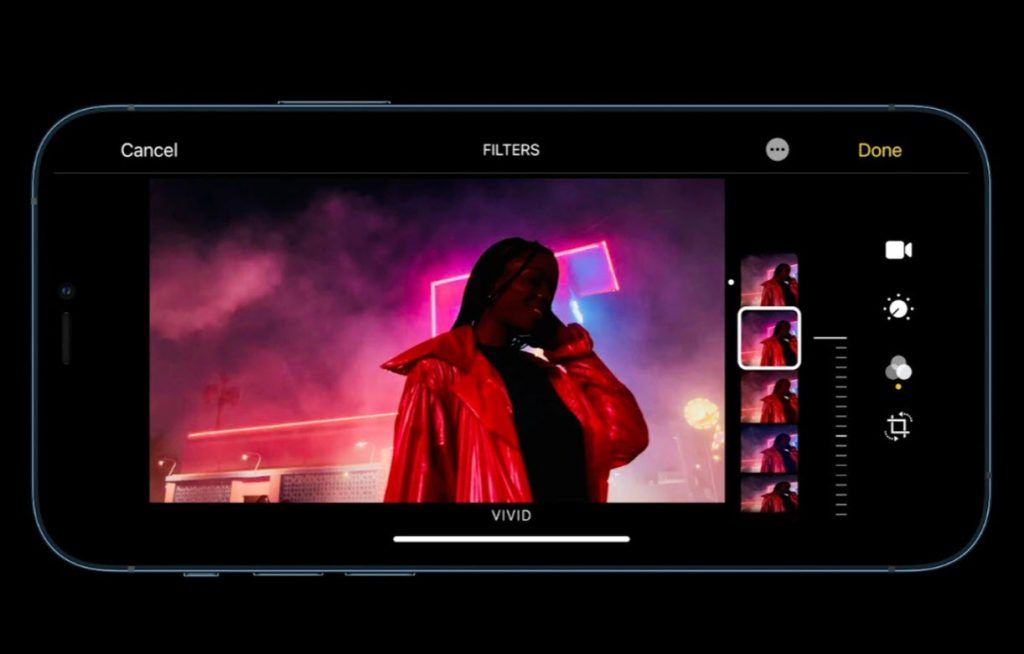
When it comes to video, the iPhone Pro Max will support 10-bit HDR video recording which is 60 times more color than before. It also supports Dolby Vision HDR. It runs every frame through the Image Signal Processor (ISP), which it does at 4k 60 too. So you will capture, edit, and share Dolby Vision HDR recordings.
Apple is saying the new iPhone Pro Max records in Dolby Vision HDR, as Dolby Vision is a distribution format. We are very curious how this actually works, and how an iPhone DV file falls back to play plays back on SDR devices.
LiDAR Scanner
It can do the LiDar things: object detection, room scanning. Also supports the Pro camera system. It’s used to autofocus in low light, for both photos and videos. This enables low light skins to improve up to six times with a faster focus in low light. Also used for depth in night mode portrait shots.

The above image shows a summary of all iPhone Pro and Pro Max features. Apple is keeping the prices the same as today at UGX 3.7 m ($999) before taxes for Pro with 128GB and 12 Pro Max starts at UGX 4.1 ($1099) before taxes.
Will roll out to over 100 carriers. Available to preorder on October 16th. Shipping October 23rd. Pro Max and 12 mini ships November 13th. It looks like Apple has hit all the price points for the details below.
